Inhalt
THE SECRET OF CYCLING
Hunter Allen , Legendary Coach and Co-developer of TrainingPeaks WKO+ software
When Dr. Coggan and I wrote Training and Racing with a Power Meter, there were some very elite coaches that took this information and became experts around the world. The authors of this book are such experts. They used the laws of nature to describe and calculate the performance in running as well as in cycling. This book will help to take your cycling to the next level and the concepts written inside are foundations to creating success.
Asker Jeukendrup , Sports Nutrition Scientist, Professor of Exercise Science
One of the best books about endurance performance I have ever seen, with an evidence based analytical approach to performance in cycling. The many practical examples make it easy for the reader to understand and apply this to improve their own performance. The breakthrough of power meters is analyzed critically, including the possibilities to increase cycling economy and cycling performance.
Maria Hopman , Professor of Integrative Physiology, Radboud University, Nijmegen
I like the quantitative approach to the physics and physiology of cycling in this book. I feel this is important to understand and improve the performance in sports. I believe this book will help coaches and cyclists as theory and practice are combined in a highly understandable way.
The contents of this book were carefully researched. However, all information is supplied without liability. Neither the author nor the publisher will be liable for possible disadvantages or damages resulting from this book.
HANS VAN DIJK I RON VAN MEGEN I GUIDO VROEMEN
THE SECRET OF
CYCLING
MAXIMUM PERFORMANCE GAINS THROUGH EFFECTIVE POWER METERING AND TRAINING ANALYSIS

British Library Cataloguing in Publication Data
A catalogue record for this book is available from the British Library
The Secret of Cycling
Maidenhead: Meyer & Meyer Sport (UK) Ltd., 2017
ISBN 978-1-78255-435-6
All rights reserved, especially the right to copy and distribute, including the translation rights. No part of this work may be reproduced -including by photo copy, microfilm, or any other means- processed, stored electronically, copied or distributed in any form whatsoever without the written permission of the publisher.
2017 by Meyer & Meyer Sport, Aachen, Germany
Auckland, Beirut, Dubai, Hgendorf, Hong Kong, Indianapolis, Cairo, Cape Town, Manila, Maidenhead, New Delhi, Singapore, Sydney, Teheran, Vienna
 Member of the World Sports Publishers Association (WSPA)
Member of the World Sports Publishers Association (WSPA)
ISBN 978-1-78255-435-6
E-mail:
www.m-m-sports.com
Contents
WHY DID WE WRITE THIS BOOK?
In theory, there is no difference between theory and practice. In practice, there is!
The Success of Our Books on the Dutch Market
Our previous Dutch books are visited by many thousands of runners and cyclists, who enjoy calculating how they can optimize their performance.
How to Get Fitter and Faster
We share a lifelong passion for running, cycling and science. The remarkable story of our books starts in 2011 when Hans retired (at the age of 57) from his position as full professor at Delft University of Technology. Hans decided to devote his time to running and studying the science of running to see if he could get fitter and faster. Hans has been a committed runner since 1980, but over the years his race times had declined slowly as shown in the figure below. Obviously, the decline in performance with age will not surprise our readers, but the fact that he got significantly faster after 2011 should! From 2013 onwards he even managed to become a multiple Dutch Masters Champion (M60)! The reasons for this amazing improvement are the topic of our books. You will gain insights into the factors that determine your performance and how you can get fitter and faster.

The Quantitative Approach to Sports
As scientists, we were not satisfied with the traditional handbooks on running and cycling which are based mostly on the experiences of athletes and coaches. They do describe the factors which influence the performance, but only in a qualitative way. We were interested in hard numbers and formulas that would enable us to calculate the performance exactly. We also wanted to differentiate between scientific proof and the opinions of athletes and coaches, so we have set out to develop science-based models for all factors influencing the running and cycling performance and to test these models with hard data from measurements.
Cycling Science: The Laws of Physics and Physiology
We have developed a complete cycling model based on the laws of physics and physiology. The figure below illustrates the model, which enables us to calculate the race time exactly.

The model is based on the fact that your muscles and your cardiovascular system form your human engine. Your human engine has a certain capacity, which can be described in terms of the traditional notion of oxygen uptake capacity (VO2 max), but better in terms of the amount of power (P, in watt). Obviously, the power (P) depends as factors such as talent, training, endurance time or distance, altitude, tapering and so on.
In the equilibrium condition, the power of your human engine (P) is used to surmount the rolling resistance (Pr), the air resistance (Pa), the climbing resistance (Pc) and the mechanical resistance (Pm). Consequently, we can calculate your cycling speed and race time when the conditions of the race (such as distance, pavement, wind, temperature, hills, and altitude) are known.
We believe that our cycling model is a major step forward as it is based on the laws of physics and physiology. This applies particularly to our model of the human power. Based on the biochemistry of the four energy systems of the human muscles, we managed to calculate the ultimate limits of human power as a function of time, as illustrated in the figure below.
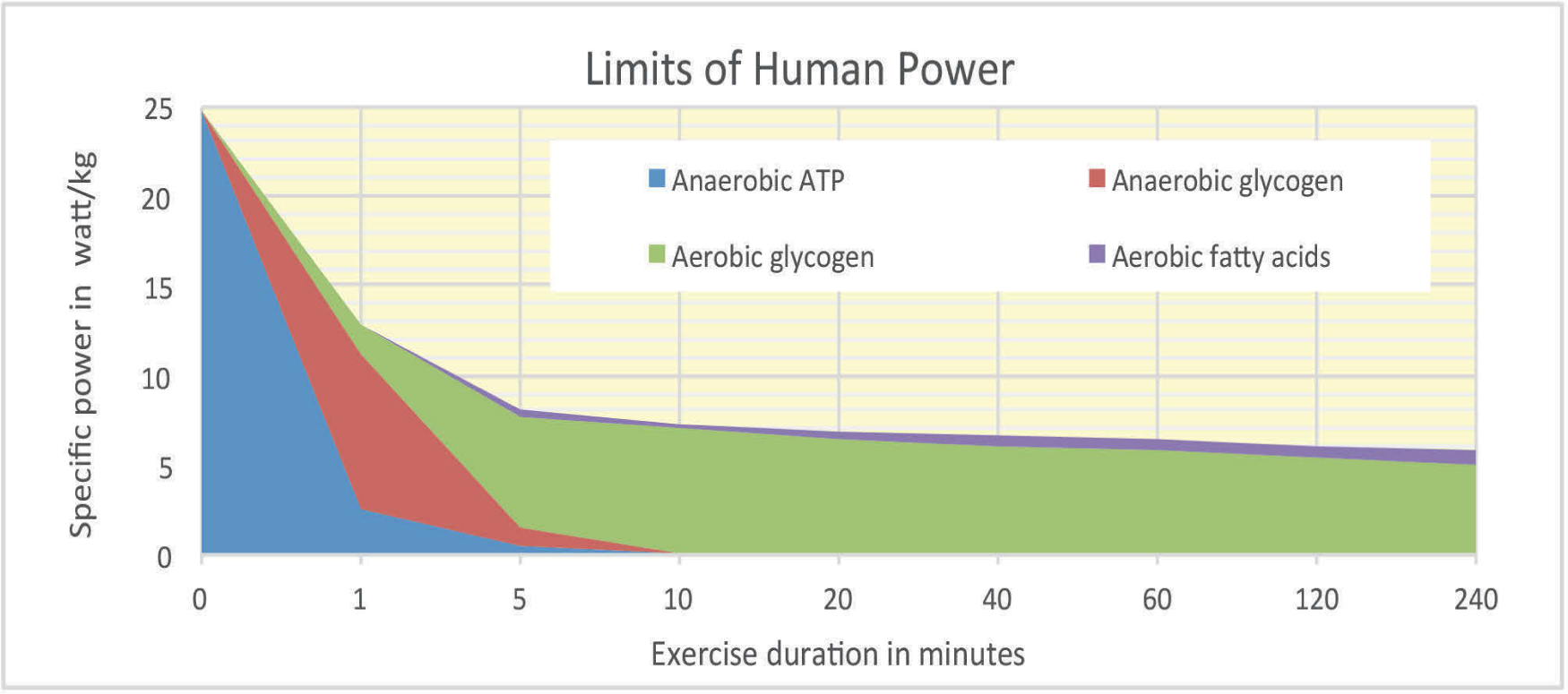
Our calculations show that these ultimate limits of human power match perfectly well with the current world-class performances in cycling and in other sports, including running.
The Theory of Nearly Everything: How to Calculate and Optimize Your Race Time
We have never met a cyclist that did not want to get faster. Moreover, most cyclists are keen to learn the impact of all factors that may affect their performance. Consequently, in this book we have systematically analyzed the impact of nearly everything on your cycling performance. In 66 chapters, you will find the answers to questions like:


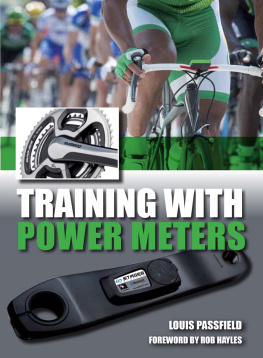
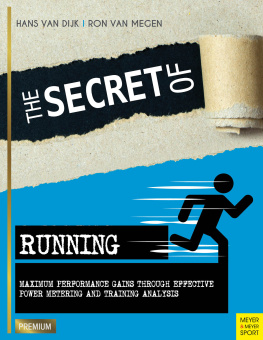
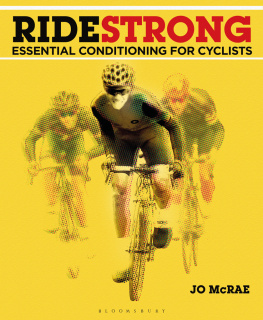
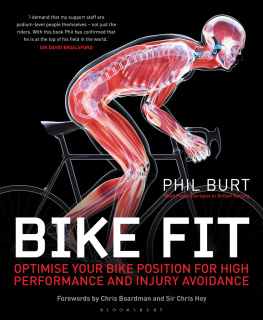
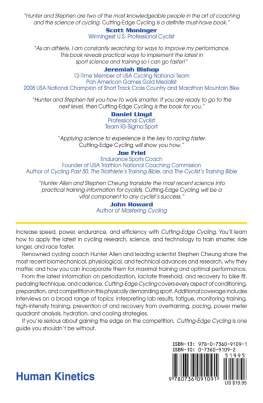
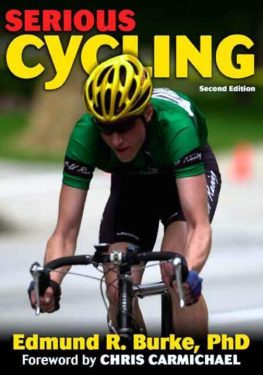
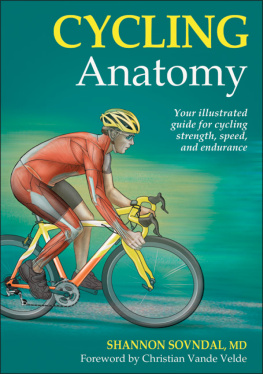
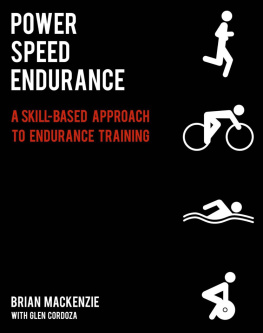
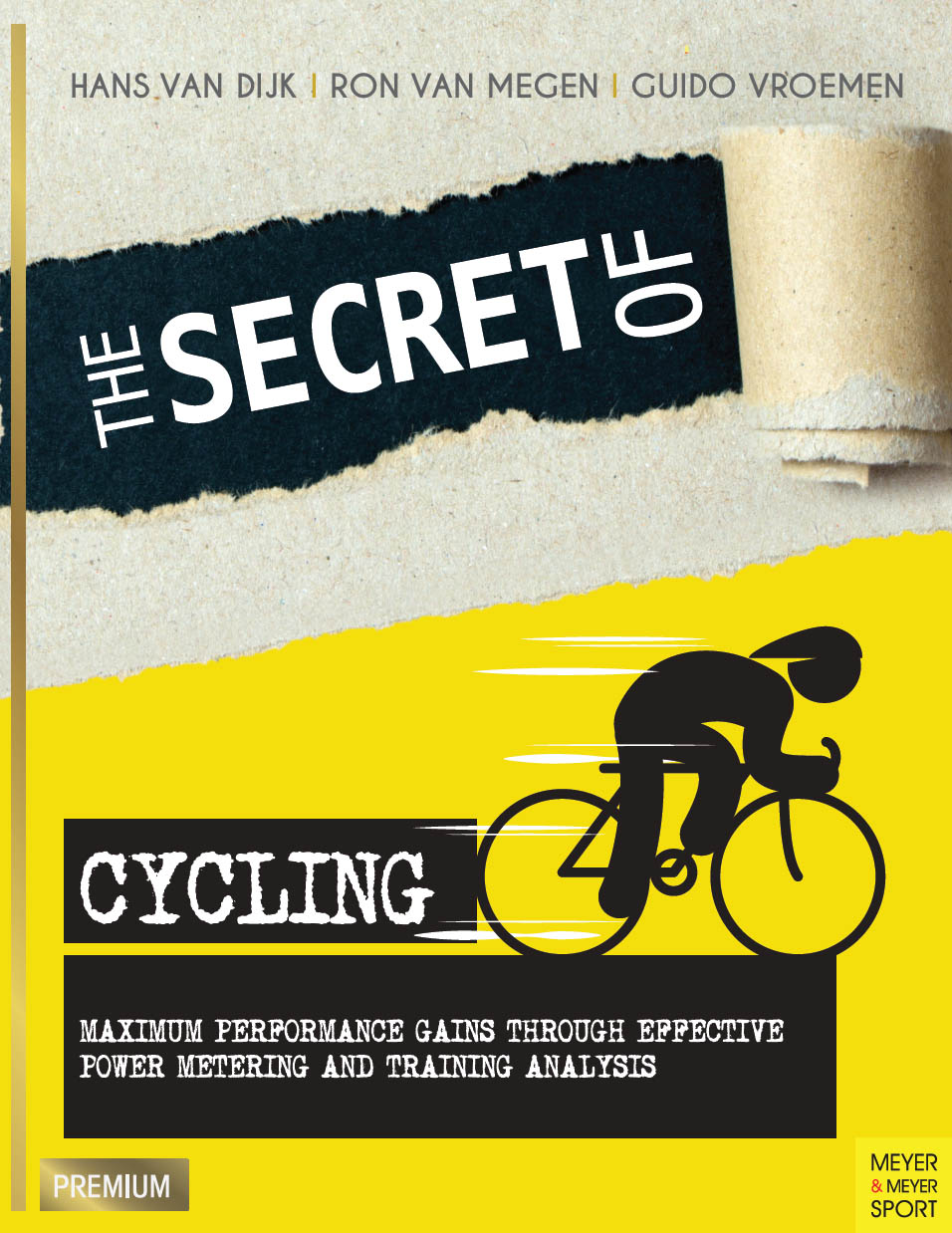

 Member of the World Sports Publishers Association (WSPA)
Member of the World Sports Publishers Association (WSPA)

